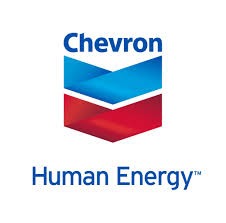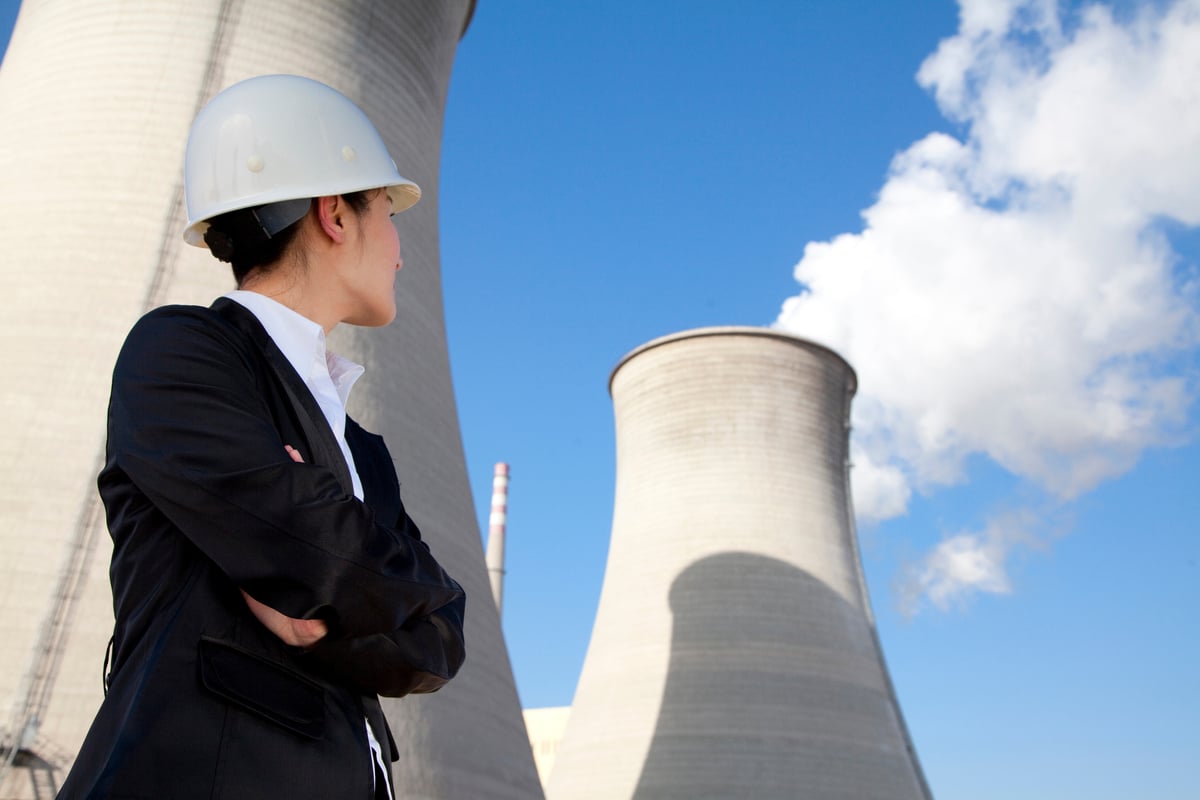
Investors have been hoping for several months that the integrated oil and gas majors like Chevron (CVX +0.47%) and ExxonMobil (XOM +1.07%) might finally be on firmer ground. The past year has seen profits walloped across the integrated sector. ExxonMobil warned its investors that production would likely remain flat this year and rise only 2%-4% per year from 2015-2017. In its most recent development, Chevron joins the list as the latest integrated super-major to offer a disappointing long-term production forecast.
Chevron slashes long-term production outlook
Chevron has reduced its 2017 production forecast by more than 6% from its previously issued guidance. The company now expects to produce 3.1 million barrels per day of crude oil equivalents, down from its former expectations which called for 3.3 million barrels per day. Another important item to note is that Chevron's forecast is based on a $110 price per barrel of oil in the United States. Should that level prove to be overly optimistic, it may have an additional adverse effect on Chevron.
Another reason for investors to be cautious is that Chevron plans to start unloading assets; not to be taken in isolation, as this is a recurring theme throughout the integrated oil and gas industry right now. You see, several global super-majors are shedding assets deemed non-critical for the future, in light of unattractive returns.
European major BP (BP +1.29%) plans to divest $10 billion by the end of 2015. Like BP, Chevron plans to divest $10 billion in assets as well, over the next three years. This comes on top of a wave of asset sales that has already taken place. For example, BP unloaded $17.1 billion worth of assets just last year.
Unless Chevron reinvests the proceeds from these significant asset sales into new projects, it places a great strain on existing projects to keep production steady. This doesn't seem entirely likely, as Chevron management already announced it would reduce capital spending this year. Management is adopting a policy of strict financial discipline this year, saying that 2013 would represent a peak year for investment for the foreseeable future. In all, Chevron plans to spend $39.8 billion on capital expenditures this year, down from $42 billion last year.
What Chevron plans for its cash windfall
Chevron management insists the moves are in the best interests of shareholders. The company believes it will produce stronger margins from lower expenditures. And, shedding non-performing assets to raise cash will strengthen the balance sheet, and allow for increased cash returns to shareholders.
Chevron's Vice President and Chief Financial Officer Pat Yarrington stated that, "the objective is to reward our shareholders through both share price appreciation and higher dividends." This seems to imply that instead of pursuing new projects or asset acquisitions, Chevron will return the cash to shareholders via share buybacks and dividend increases.
While these are positive, near-term developments, it's unclear whether these initiatives to return cash to shareholders will come at a cost to future growth. Integrated majors like Chevron are dedicated to slimming down and maximizing margins. Overall production may not keep up, which is why the pressure is on management to execute.
Fortunately for investors, management is very confident in the company's existing upstream portfolio. For example, Chevron points to its extremely promising developments in the Permian Basin. The company plans to increase drilling there by 8% this year, and it believes total production in the Permian Basin will double by 2020.
The Foolish bottom line
Investors may become disappointed with Chevron's announcement that 2017 production will not be as strong as initially anticipated. At the same time, the company wants its investors to know that it's confident in the direction of its production over the next several years. That's because it believes it has a promising queue of existing projects, such as its considerable Permian Basin operations. Management needs this to materialize as expected, since reduced capital expenditures and asset sales will put pressure on production going forward.
Recent growth has been sluggish because Chevron missed out








